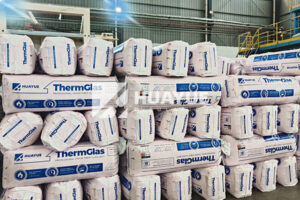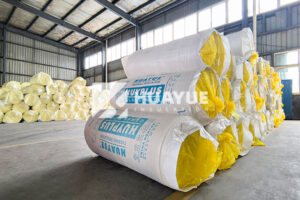House Fiberglass Roof Insulation: Is It the Best Choice for Your Home?
Fiberglass roof insulation keeps your house comfortable and cuts down your energy bills—but choosing the right material can feel overwhelming.
The best insulation for house roofs is often fiberglass thanks to its good thermal performance, non-combustibility, and cost-effectiveness. Fiberglass insulation is easy to install, comes in different shapes and thicknesses, and excels at keeping homes warm in winter and cool in summer.
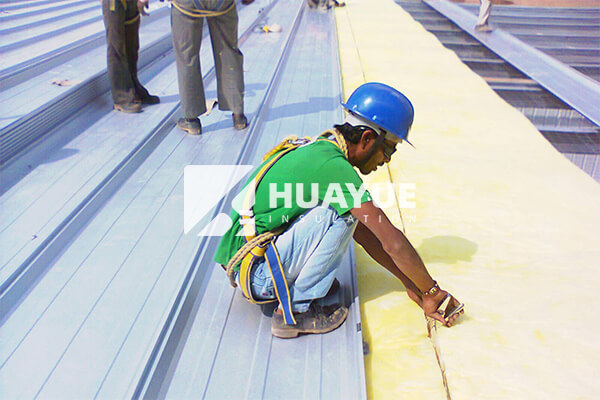
Installing insulation in your roof seems like a big decision. I used to feel the same. What if it doesn’t last? What if it’s the wrong type? Stay with me, and I will guide you through everything you need to know about fiberglass roof insulation for houses. I will break down what it is, why it works, where it falls short, and how you can get the right thickness and finish for your home.
What Is Fibreglass Insulation?
You might have seen the fluffy yellow or pink material fitted in attics or wall spaces. Does it really work? Or is it just marketing hype?
Fibreglass insulation is made from fine strands of glass spun into a wool-like texture. It traps air, reducing heat transfer, and is commonly used to keep houses insulated from temperature and noise.
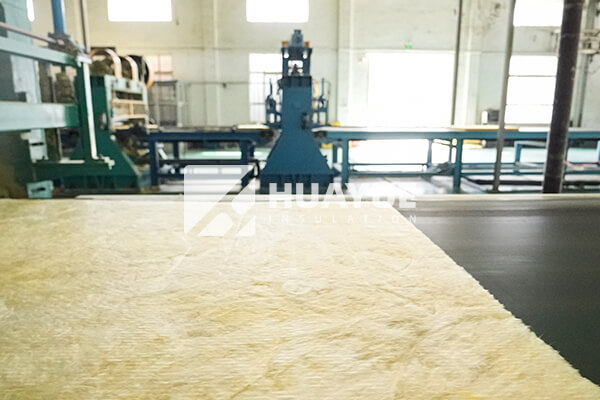
Let’s look at what makes fiberglass insulation unique. During manufacturing, glass is melted and spun to create super-thin fibers. These fibers are combined to create mats or rolls, which feel springy and soft but are actually strong and fire-resistant. Tiny pockets of air trapped in the wool stop heat from moving between inside and outside your house. Fiberglass insulation acts as a barrier. In summer, it keeps heat outdoors; in winter, it stops warmth from escaping. It also absorbs sound, making your house quieter. I have installed it in my own projects and noticed it cuts down drafts and keeps rooms at a stable temperature. Because it does not easily burn or deteriorate, it remains effective for a long time.
The Pros of Fibreglass Insulation
So why do so many builders and homeowners pick fiberglass insulation for roofs? Do the benefits really stack up?
Fibreglass insulation offers excellent thermal and acoustic performance, resists fire, and won’t attract pests. It is lightweight, affordable, and widely available. Most importantly, it maintains its efficiency for decades with minimal maintenance.
Fiberglass insulation has some clear strengths. First, its thermal performance (measured by the R-value) helps lower heating and cooling costs. It slows down heat movement, which makes rooms easier to heat in winter and cooler in summer. Its non-combustibility means it will not catch fire, giving your home added safety—something I always look for in building projects. It’s light, so installation is easier, and it does not slump over time. Unlike some organic insulations, fiberglass doesn’t attract rodents or insects. It’s also widely produced, so it’s easy to find and usually affordable—even for big projects. Here’s a quick summary:
| Pros of Fiberglass Insulation | What This Means for You |
|---|---|
| Thermal efficiency | Lower energy bills |
| Fire resistance | More safety for your house |
| Sound absorption | Quieter rooms |
| Pest resistance | Fewer pest worries |
| Lightweight/easy install | Quicker, easier projects |
| Long lifespan | Less maintenance needed |
The Cons of Fibreglass Insulation
Is fiberglass insulation really perfect? What problems should you watch out for?
Fiberglass insulation can irritate skin and lungs during installation and may lose effectiveness if compressed or exposed to moisture. Proper installation and handling are necessary to maximize performance.
As with any building material, there are downsides to fiberglass. Handling fiberglass can irritate your skin or eyes, and fibers can become airborne. I always use gloves and a mask when working with it. Fiberglass should also stay dry—if it gets wet, it loses its insulative properties and can support mold growth. That’s why it’s important to keep your roof leak-free. The insulation needs to stay fluffy to work properly, so compressing it behind boards or storing heavy items on it can reduce its effectiveness. Some people are also concerned about loose fibers, but modern products are much improved and manufactured under strict safety rules.
| Cons of Fiberglass Insulation | How This Affects You |
|---|---|
| Itchy/Irritating to handle | Always use protective gear |
| Loses efficiency if wet | Keep roofs well sealed |
| Needs careful installation | Hire skilled professionals |
| Not 100% vapor-proof | Consider vapor barriers |
Fibreglass Insulation Thicknesses Available
How thick should your fiberglass roof insulation be? Can you just pick any thickness, or does it matter?
Fiberglass insulation comes in a range of thicknesses, usually from 25 mm to 200 mm. Choosing the right thickness depends on local climate, energy codes, and your budget for long-term energy savings.
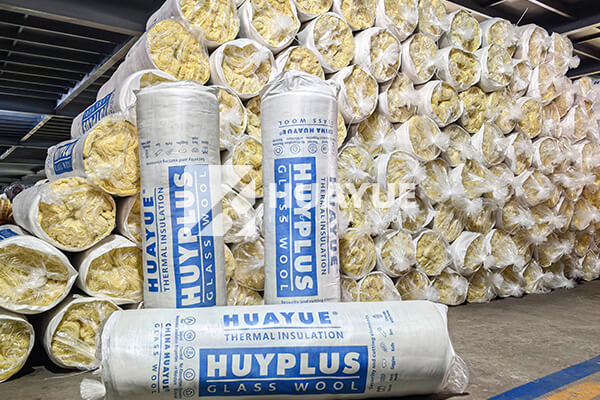
The correct thickness can mean the difference between comfort and wasted money. In colder parts of Europe, 200 mm or more is standard for roofs, while milder regions might use 100-150 mm. Thicker insulation gives higher R-values, meaning better performance, but takes up more space and costs more upfront. Sometimes you need to consider issues like rafter sizes or loft heights, which limit how thick insulation can be. When I work on projects, I often recommend a minimum of 150 mm for most homes, but always check local building codes—they can be strict about minimum R-values. If you want extra savings on energy bills, going above the minimum is almost always worth it in the long run.
| Thickness (mm) | Typical Use | R-Value Range |
|---|---|---|
| 25-50 | Walls, small cavities | Low |
| 100-150 | Standard attics, mild climates | Medium |
| 200+ | Roofs in cold climates, energy upgrades | High |
Fibreglass Wool Finishes and Shapes Are Available
Do you have to settle for just plain rolls of fiberglass? What if your roof needs something different?
Fibreglass wool is available in a variety of finishes and shapes including rolls, batts, loose fill, and pre-laminated facings. This flexibility means fiberglass can suit almost any roof design or insulation system.
Fiberglass insulation is not one-size-fits-all. I often see clients surprised at how many choices there are. Rolls and batts are the most popular. Rolls can be cut to size and are great for long rafters. Batts fit snugly between joists for easier handling. Loose fill is perfect when you need to fill odd-shaped cavities or cover pipes and wires. Some products come with foil or kraft facings, which add a vapor barrier or reflective surface for more efficiency. For roofs prone to leaks or high humidity, vapor-faced fiberglass can help hold off moisture problems. This mix of shapes and finishes makes it easier to get the right fit for awkward attic corners, sloped roofs, or unusually shaped spaces.
| Type/Finish | Best For | Extra Benefit |
|---|---|---|
| Rolls | Long, straight rafters | Quick coverage |
| Batts | Between joists, small attics | Neat fit, less waste |
| Loose fill | Around pipes, irregular spaces | Full coverage |
| Foil/kraft facing | High humidity or vapor control | Stops moisture |
| Pre-cut/Custom shapes | Unique roof designs | Saves time/labor |
Conclusion
Fiberglass roof insulation is reliable, efficient, and affordable. The right thickness and finish will help you create a comfortable, quiet, and energy-saving home for many years.
You may also be interested in:
Ready to Get Started?
Get in touch with our experts for personalized solutions tailored to your needs.
Get Free QuoteLatest Articles

Glass Wool Fire Rating: How Safe Is Your Insulation?
Dec 25, 2025
Let's Work Together
Ready to take your business to the next level? Get in touch with our team of experts and let's discuss how we can help you achieve your goals.
Get Free Solutions
